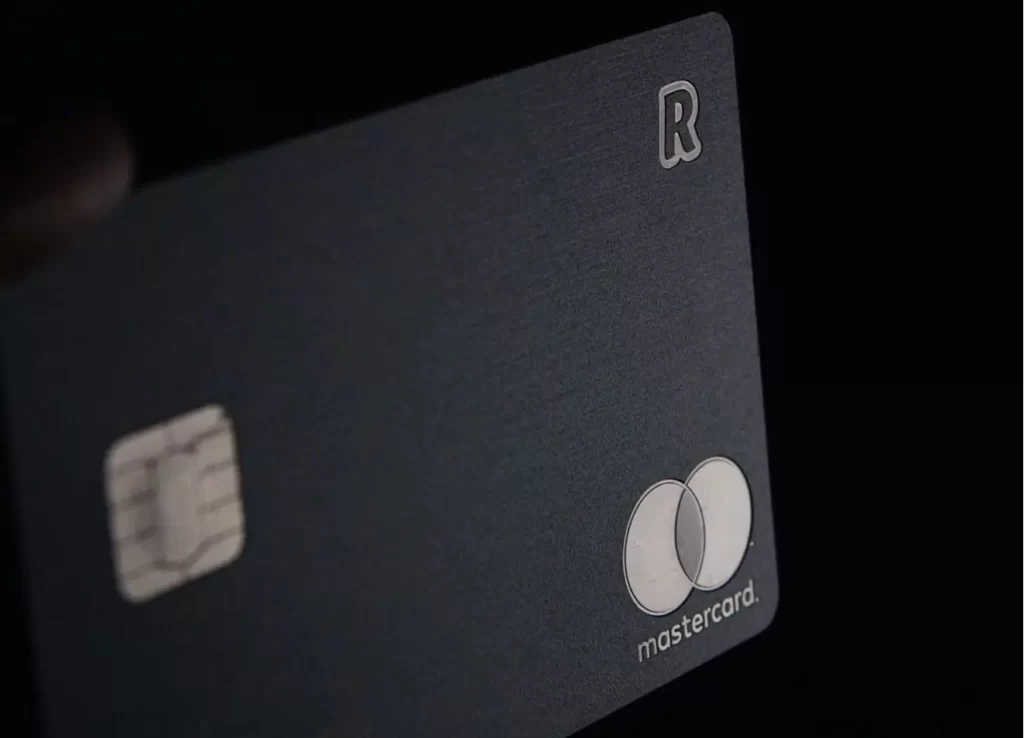The way organizations communicate is changing at speed. As teams expand across continents and customer expectations grow, the need for sharper, faster, and more adaptable content has never been higher. Slide decks and PDF handbooks struggle to keep up. So do crowded inboxes and static training portals.
AI-first content is emerging as the answer. It streamlines production and redefines how information is created, delivered, and absorbed across modern workplaces. Instead of bottlenecks, companies gain instant, on-brand communication at scale.
Whether it’s onboarding, customer support, or leadership updates, communication is becoming more visual, more dynamic, and increasingly automated. Among the tools leading this shift are text-to-video platforms—transforming written input into professional video content in minutes.
Contents
What Is AI-First Content?
AI-first content is created with artificial intelligence from the start. Algorithms generate or enhance formats like text, images, audio, and video, bypassing traditional workflows that require scripting, design, and production at every stage.
That might mean converting technical documents into video explainers, summarizing long reports into short clips, or producing an entire presentation from a written script. The aim isn’t to replace human oversight but to multiply output and reduce friction.
For businesses, this approach changes the pace of communication. A single script or knowledge base article can be transformed into content tailored for multiple platforms, available as soon as it’s needed.
The Rise of Text-to-Video Tools
Video production used to mean cameras, scripts, and lengthy edits. That model is too slow for the demands of today’s workplace. Text-to-video tools are stepping in to fill the gap.
These platforms turn written content into professional videos in minutes. A product manual can become a visual walkthrough. A policy change can be shared as a short explainer. Instead of sourcing presenters or recording voiceovers, companies now convert text to video with AI—cutting production time and improving accessibility.
For global organizations, the advantages are amplified. One script can generate videos in multiple languages, while brand consistency is maintained across regions. Updating content becomes as simple as revising a few lines of text.
Text-to-video is no longer an experiment. It’s a practical tool for delivering information in the format people prefer.

AI-first content drives 7 powerful shifts reshaping business communication strategies.
Why Business Communication Needs to Evolve
Business communication now spans training portals, mobile updates, chat support, video libraries, and collaborative tools that operate nonstop. Traditional formats—emails, slide decks, lengthy PDFs—are struggling to keep up.
People want information that’s clear, quick to access, and easy to digest. A dense manual or long call recording isn’t always practical for teams working across time zones. This shift is driving demand for formats that match how people learn and retain information, with short-form video proving particularly effective.
AI accelerates this transformation by making video creation fast, consistent, and scalable. What once felt like a premium format is quickly becoming the standard.
Key Benefits for Business Communication
- Speed to publish. Scripts become videos in minutes, allowing faster responses to product updates or policy changes.
- Clarity and retention. Visual formats reduce misinterpretation and increase engagement with complex material.
- Consistency at scale. Brand assets and templates ensure messaging remains aligned across departments.
- Localization. Auto-translation and AI voice options deliver the same content in multiple languages.
- Lower costs. Reduced reliance on studios and reshoots helps control budgets.
- Flexibility. Updates can be made as products evolve or policies shift, keeping content fresh.
Global analysis from McKinsey highlights how generative AI accelerates routine tasks and creates measurable productivity gains at scale—reinforcing why businesses are embracing these tools.
Real-World Examples: AI-Generated Video in Action
- Training and onboarding. Standardized, video-based training shortens onboarding and increases knowledge retention.
- Customer self-service. Video explainers resolve common issues and ease pressure on support teams.
- Marketing updates. Campaigns and product news can be shared in video form, created directly from existing text.
- Executive communication. Leaders can deliver timely video messages without studio time or repeated recordings.
These use cases show how text-to-video has moved from novelty to necessity in day-to-day communication strategies.
Challenges and Considerations
AI-generated video has limits. Tone and nuance can sometimes feel less natural than live recordings. Scripts still require thoughtful writing, and content must be reviewed before release to ensure accuracy.
Data handling is another concern. Sensitive information must be safeguarded, and compliance requirements vary across industries. Cultural reception also matters—employees may be cautious about automated formats if they feel impersonal.
These considerations don’t undermine the potential of AI video. They simply underline the importance of governance, context, and responsible adoption.
Future Trends in AI-Driven Content
AI in communication is just getting started. Personalization will grow more advanced, with videos adapting to roles, preferences, and locations. Integration with CRM and learning systems will create seamless content flows.
Longer term, text-to-video may expand into interactive and 3D formats, blending automation with immersive design to make communication even more engaging.
Final Thoughts
The move to AI-first content marks a fundamental shift in how businesses share knowledge. Documents, slides, and calls are giving way to formats that are faster to produce, easier to update, and better aligned with how people prefer to learn.
Turning text into video is part of this transformation. It fits within the broader shift toward smart AI automation, where technology actively shapes communication and operations.
Organizations that adopt these tools thoughtfully—balancing efficiency with authenticity—will set a higher standard for clarity, consistency, and impact in the years ahead.
















